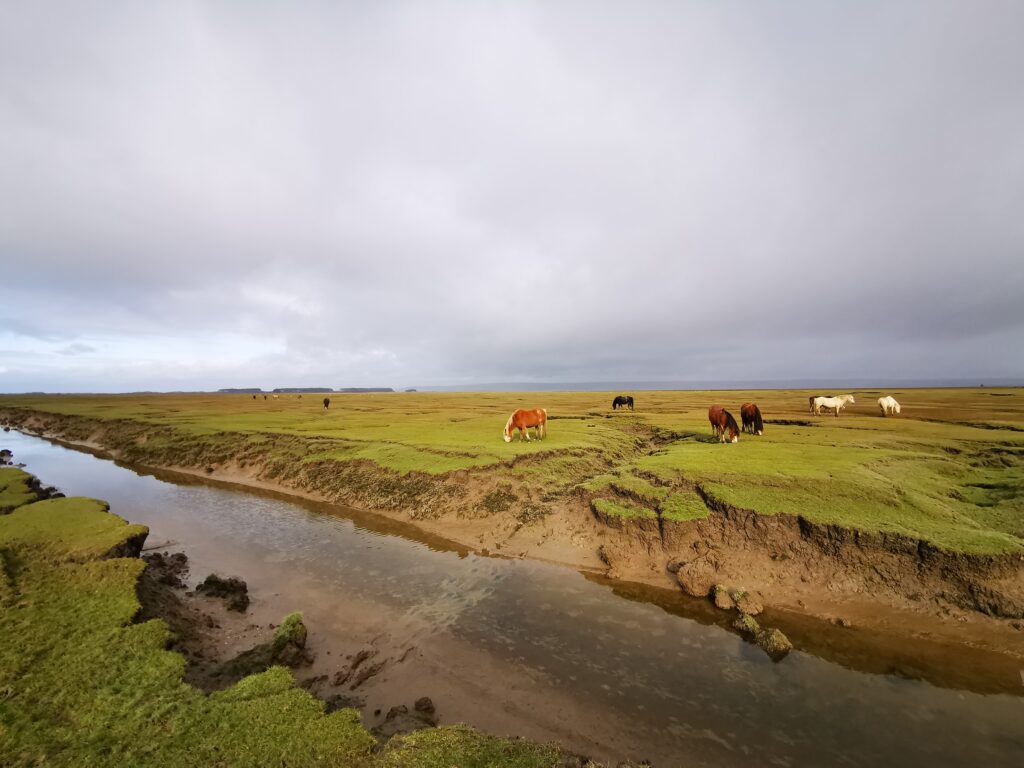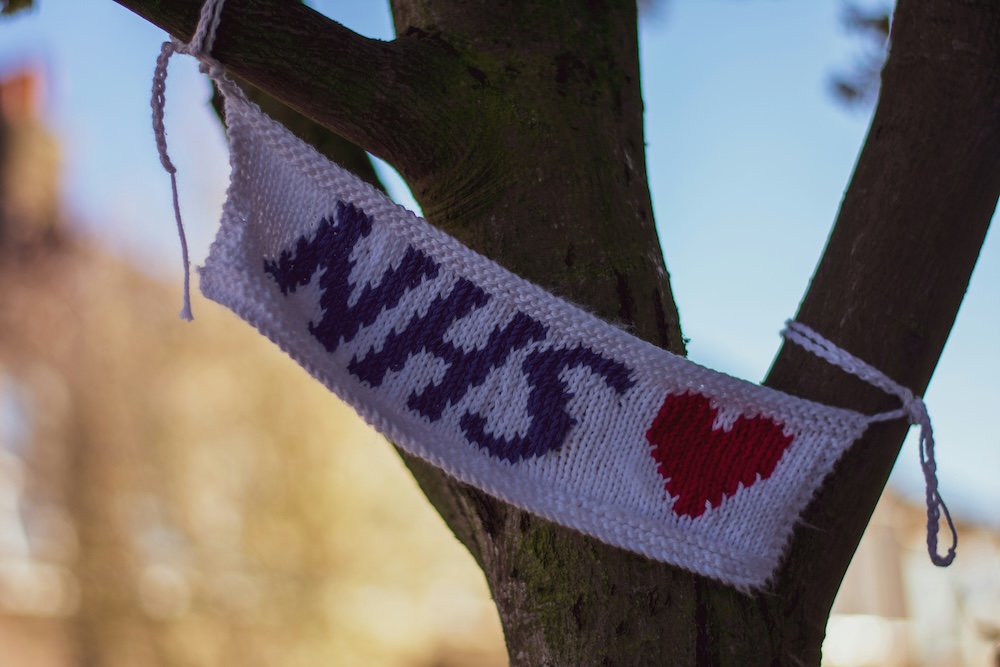Donna Udall details the environmental benefits of Welsh Mountain ponies and advocates for their survival.
Against the odds, our beautiful semi-feral section A Welsh Mountain and Carneddau ponies are still here. These native ponies have long been valued for their role in the history and traditions of Wales.
For thousands of years, ponies have grazed and graced our landscape and been instrumental in moulding its shape. Once used to transport coal from the pits, providing the backbone for the Welsh industry for over a century, they now attract visitors from all over the world. They teach our children to ride and continue to inspire adults around the globe as show ponies. Yet, their worth has still not been truly appreciated and that appreciation may come too late after their irretrievable loss unless we are careful.
The ponies I am talking about are bred and reared on the mountains, moors, and marshes of Wales – not in lowland fields. This method of production has a different impact on the ponies, our environment, and us. They have the freedom to roam and generally do not rely on humans for feed. These differences to their field-bred cousins have a considerable impact on Welsh ponies but also influence a range of environmental, agricultural and genetic parameters for Wales.
The agricultural and environmental benefits of upland ponies
There are agricultural and environmental benefits to keeping upland Welsh ponies. For instance, ponies have a range of physical and behavioural adaptations; their grazing is different from sheep and cattle. They can maintain higher levels of food intake, and so can sustain themselves on poorer quality vegetation. Their upper incisors allow them to graze grasslands long after cattle (who have a dental pad instead) have moved on to taller vegetation. Therefore, ponies can be useful when there is a need to reduce the dominance of plant species, such as bracken, avoided by more selective animals like sheep. Ponies can roll on bracken, breaking it, and eating some of the young shoots which makes a difference in minimising its spread. Indeed, many farmers have commented that the loss of the ponies from certain areas has resulted in an increase in scrub growth, i.e. bracken and bramble.
Without ponies, the growth in scrub has detrimental consequences; dead foliage increases fire risk. Heavy bracken and scrub are difficult for humans and stock animals to walk through, and paths are often lost. Scrub also leads to an increased risk of tick-borne diseases – reducing safety and access for tourists and walkers. This could be remedied by machinery, but not all areas are accessible to machinery, and this would be extremely costly. The ponies do it for free, and do it slowly, cutting the scrub and grass to different heights which supports different species. A mower only produces one height and doesn’t give time for insects to relocate to other areas if they need to. Also, no grass can grow underneath these stands so that land is lost to agricultural production.
Discussions and debates that drive Wales forward.
Join Wales’ leading independent think tank.
Continuous scrub also decreases the richness of species and biodiversity, with the potential consequence of local species loss. There are implications for climate change, as increased plant biodiversity results in increased soil organic carbon storage. Overgrazing with one stock animal, like sheep, results in shorter vegetation with shallower roots and increased soil erosion. This leads to lakes and rivers becoming silted, increasing flood risk, but also reduces soil’s ability to hold and store carbon. Ponies, as part of mixed grazing regimes, can help reduce these risks.
Genetic and learned resilience
But what about the benefits for the ponies themselves? Out in the wilds, with no rugs or stables, what do they gain? Apart from the freedom to roam, the species as a whole benefits from environmental pressure. For instance, in these tough, often cold, wet and food scarce environments only the fittest ponies survive to pass on their genes ensuring that their foals are well adapted to the environment with traits such as tough hooves and a thick, waterproof coat. As breeders continue to breed for aesthetic or useful behavioural traits, they will need to return to the wild ponies to ‘refresh’ the gene pool and reintroduce or reinforce these health and resilience characteristics back into bloodlines.
As a nation, Wales needs these ponies to improve the agricultural and ecological quality of our uplands
However, survival in these harsh environments is not merely a matter of genetics. It takes skills and knowledge passed down from pony generation to generation to allow these genetics to be retained. For instance, the older mares of hefted herds know where all the resources are. The food, water, shelter and paths through hazardous landscapes like mountains and marshland ravines. If we let these upland ponies die out, there won’t be the option to put field ponies back on the mountains and marshes in the future; they wouldn’t survive because they don’t have the knowledge or the genetics.
As a nation, Wales needs these ponies to improve the agricultural and ecological quality of our uplands. They can help address biodiversity loss and climate change, attract and provide an accessible landscape for tourists, and be a genetic pool from which the lowland breeding community can draw to improve the health and resilience of their stock. The Centre for Agroecology, Water, and Resilience at Coventry University and the Pwllpeiran Upland Research Centre at Aberystwyth University are undertaking a number of important projects that will evaluate the potential for agri-environment schemes. This should help ensure that the conservation grazing value of these ponies is recognised and financially supported.
Personally, my love for these ponies knows no bounds. I think they are the most beautiful of all equines. As a researcher, however, I may dispassionately value them even more in their contribution to safeguarding our landscape for both human – and pony – future generations.
All articles published on the welsh agenda are subject to IWA’s disclaimer.
This article was edited by Maisie Allen thanks to the Books Council of Wales’ New Audiences Fund.





